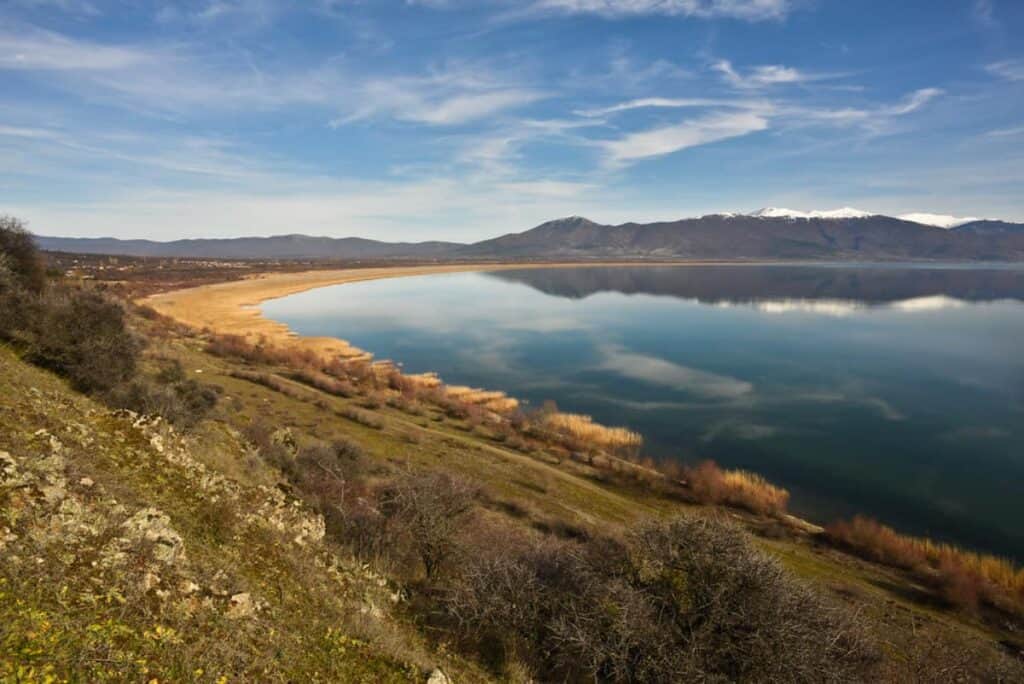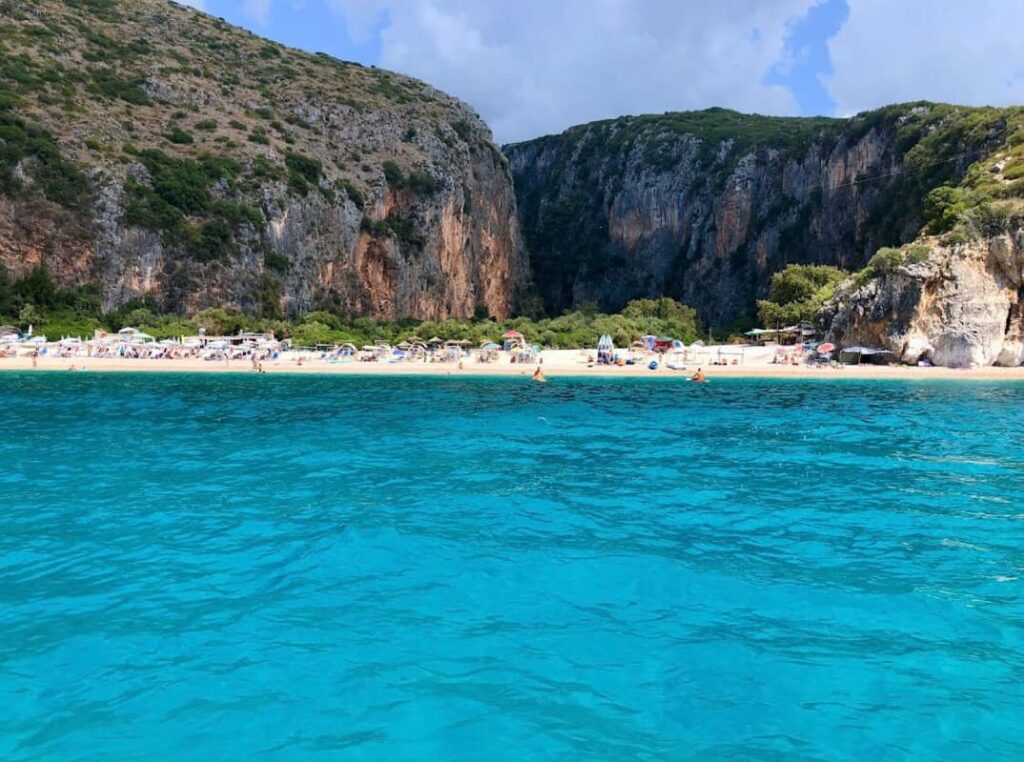Ismail Kadare is more than just an author; he is a cultural ambassador who has brought the rich tapestry of Albania’s history, struggles, and identity to the global literary stage. Through his evocative storytelling, Kadare offers readers a window into the soul of his homeland, weaving together myth, history, and the everyday lives of Albanians. One cannot fully understand his works without appreciating the significance of Gjirokastra, his birthplace, which profoundly shaped his narratives.
The Roots: Gjirokastra, the Stone City
Gjirokastra, also known as the “City of Stone,” is a UNESCO World Heritage Site located in southern Albania. Famous for its Ottoman-era architecture, cobblestone streets, and majestic fortress, this ancient city holds a special place in Kadare’s heart and work. Born in 1936 in a historic house perched on one of Gjirokastra’s steep hills, Kadare grew up surrounded by the echoes of Albania’s complex past.
The city’s unique character, with its narrow alleys and stone-roofed houses, provides a living museum of history. Kadare often drew on the atmosphere of Gjirokastra, capturing its beauty, mystery, and the secrets hidden within its walls. His birthplace is not just a setting but a character in its own right, featured prominently in several of his works.
Bringing Albania’s Identity to the World
Kadare’s novels have been translated into dozens of languages, introducing readers worldwide to the nuances of Albanian history and culture. Through his vivid prose, he conveys the struggles of a small nation caught between empires, ideologies, and time itself.
- The Universal Themes in His Work
Kadare’s writing transcends borders by exploring universal themes like power, oppression, love, and the resilience of the human spirit. Novels like Chronicle in Stone, which is set in Gjirokastra, portray life in Albania during World War II with a mix of humor, tragedy, and keen observation.In The General of the Dead Army, Kadare delves into the aftermath of war, following an Italian general tasked with recovering the bodies of soldiers who died in Albania during World War II. Through this story, Kadare examines themes of loss and the futility of conflict, making Albania a stage for global existential questions. - Reclaiming History
Kadare masterfully intertwines history with fiction, reviving Albania’s ancient myths and legends while critiquing the country’s more recent history under Communist rule. His works serve as a bridge between Albania’s past and its contemporary identity, helping outsiders understand the complexities of a nation often overlooked in world history.
Gjirokastra as a Literary Muse
Kadare’s Chronicle in Stone is one of the most significant works that brings Gjirokastra to life. The novel, narrated through the eyes of a young boy, provides an intimate portrait of the city during the tumultuous times of World War II. The child’s innocent perspective contrasts with the violence and upheaval of the era, creating a poignant and vivid image of Gjirokastra’s resilience.
The city’s imposing fortress, its winding streets, and the whispers of its inhabitants form a microcosm of Albania itself—a blend of beauty and hardship, tradition and change. Kadare’s detailed descriptions of Gjirokastra invite readers to experience the city as a living, breathing entity.
A Voice Against Oppression
Kadare’s literary achievements extend beyond storytelling. Under the repressive Communist regime of Enver Hoxha, Kadare used allegory and metaphor to critique totalitarianism. Works like The Palace of Dreams explore the dangers of absolute power, censorship, and the loss of individuality, reflecting the struggles faced by Albanians during that era.
Though he faced censorship and scrutiny, Kadare’s voice resonated far beyond Albania’s borders. His decision to seek asylum in France in 1990, just before the fall of Communism, further cemented his status as a champion of free expression and a critic of oppression.
Global Recognition
Kadare’s contributions to literature have earned him numerous accolades, including the Man Booker International Prize in 2005 and nominations for the Nobel Prize in Literature. His works continue to be studied in universities worldwide, offering a lens into Albania’s cultural and historical landscape.
Visiting Gjirokastra: Walking in Kadare’s Footsteps
For fans of Kadare and lovers of literature, Gjirokastra is a must-visit destination. Highlights include:
- The Kadare House: Restored and open to visitors, this historic home provides insight into the early life of the writer and the inspirations behind his works.
- The Gjirokastra Castle: Looming over the city, this fortress is a symbol of Albania’s resilience and features prominently in Kadare’s descriptions of the city.
- The Bazaar and Ottoman Architecture: The soul of the city, these streets and buildings echo the atmosphere Kadare captures in his books.
Conclusion: A Legacy That Lives On
Ismail Kadare introduced Albania to the world not just as a setting for stories but as a place of rich culture, resilience, and humanity. Through his works, readers travel to Gjirokastra and beyond, experiencing the history, myths, and spirit of Albania. For those seeking a deeper understanding of this remarkable country, Kadare’s books are the perfect starting point—offering a journey that is as enlightening as it is unforgettable.
Explore Kadare’s works and step into the enchanting world of Albania today.


